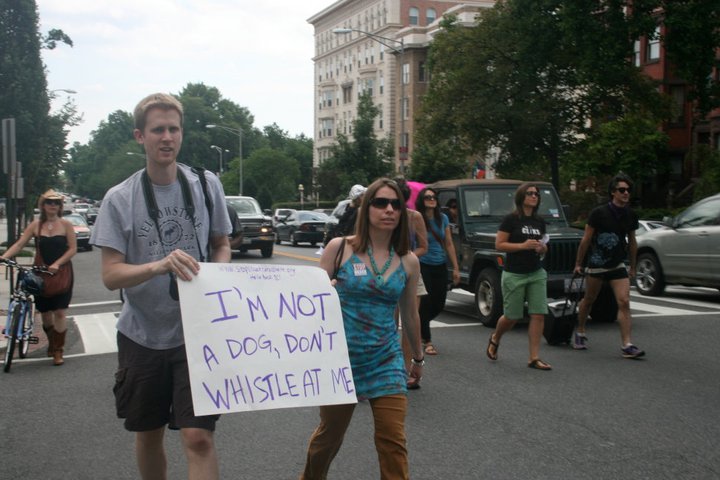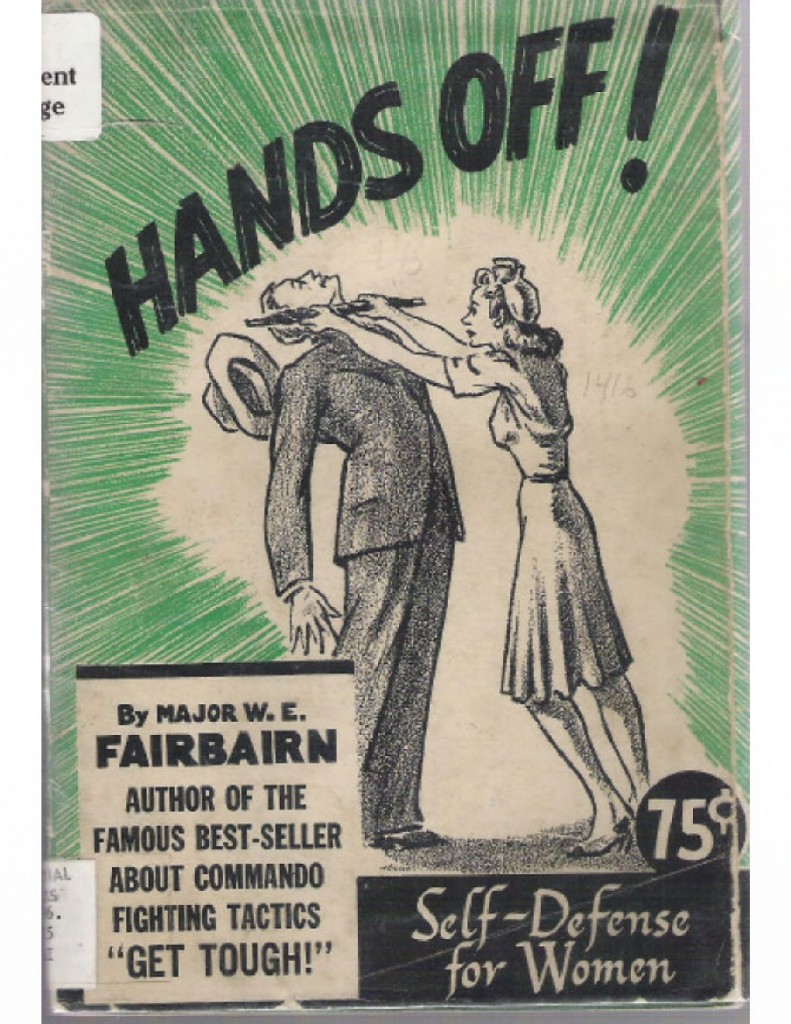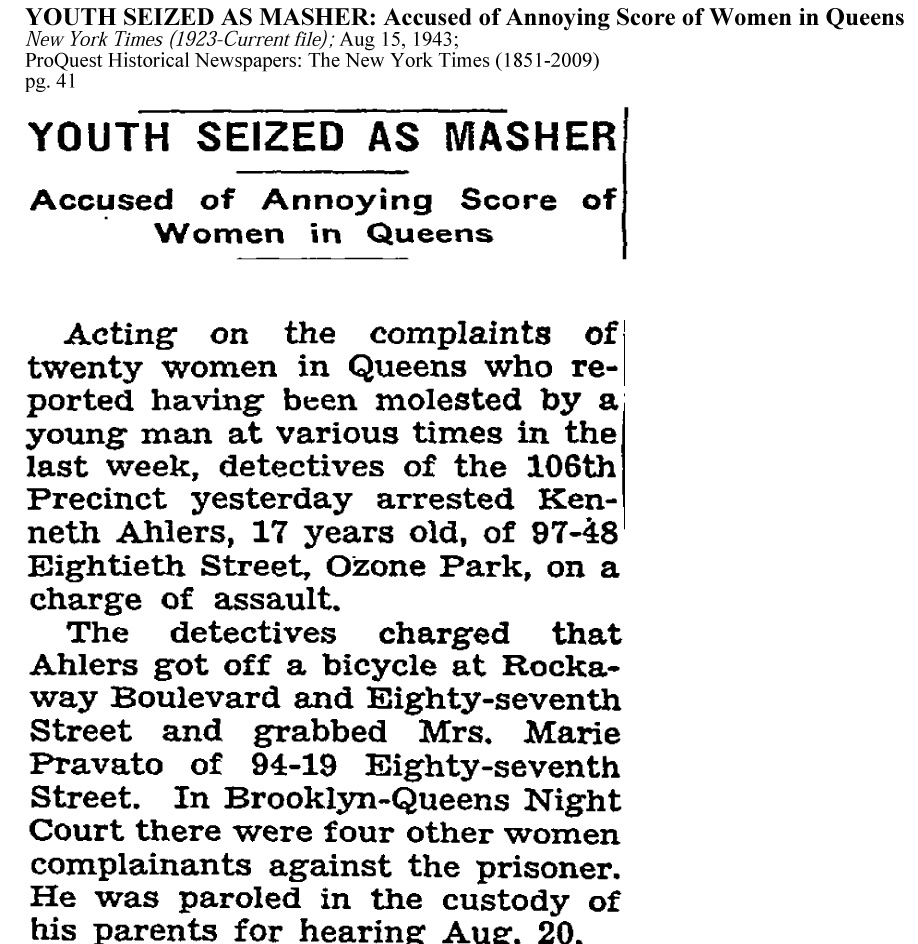
Five Year Anniversary – See How We’ve Grown
Five years ago this week, I launched the Stop Street Harassment (SSH) website and blog to fill the void left when two of the anti-harassment websites I studied for my master’s thesis went inactive or disappeared. My significant other Mark is the one who had the idea and encouraged me to go for it. I had no idea how to run a blog and I barely updated it during its first year. But, I knew this was an important topic, and slowly, the site grew.
Since May 2008, there have been 2,100 articles and stories published on the blog, we’re a 501(c)(3) nonprofit organization, and we have 15 blog correspondents, 9 board members, 6 social media volunteers, and soon, our first summer intern.
4 Exciting New Programs and Initiatives
Part of our continued growth is the creation of new programs and initiatives, including:
1. Safe Public Spaces Mentoring Program PILOT: People and groups in the USA can propose a project idea that addresses gender-based street harassment in their community. Selected projects will receive in-depth mentoring for up to three months, up to $250 to offset expenses, and other benefits. Learn more.
*Applications are available as of TODAY!*
2. Stopping Companies that Trivialize Street Harassment: This month we launched an on-going list of companies that have ads or products that treat street harassment like a joke or compliment. Already, in collaboration with groups like Collective Action for Safe Spaces, SSH was instrumental in pressuring Lego, Bare Escentuals, and Skirt Sports to drop offensive products, marketing, or messaging. Let me know when you see a company that should be on the list.
3. Documenting Street Harassment in the United States: SSH is fundraising to be able to conduct the first-ever national study on street harassment in the United States (donate here). To supplement the 2,000-person survey, we’re conducting focus groups across the country. In June, we will conduct ones in New York City and New Orleans. When possible, we hold them in collaboration with the Harlow Project. If you want a focus group conducted in your area, let me know.
4. Know Your Rights Toolkit: SSH’s summer intern will produce a toolkit detailing the laws and city ordinances that are relevant to street harassment (including indecent exposure and groping), how to report these crimes, and what strategies you can use to strengthen the laws.
Support Our Expansion!
There are three ways you can help support our growth.
1. Make a direct, tax-deductible donation.
2. Bid on the great 15 items available in our online auction (it closes this weekend).
3. If you’re in Washington, D.C., attend our happy hour fundraiser and awards ceremony on June 5.
Thank You
THANK YOU for your support and for believing in us! As you can see, with your help, we’re continuing to expand faster than ever and we can’t wait to see what the next five years bring!
-Holly Kearl
SSH Founder




